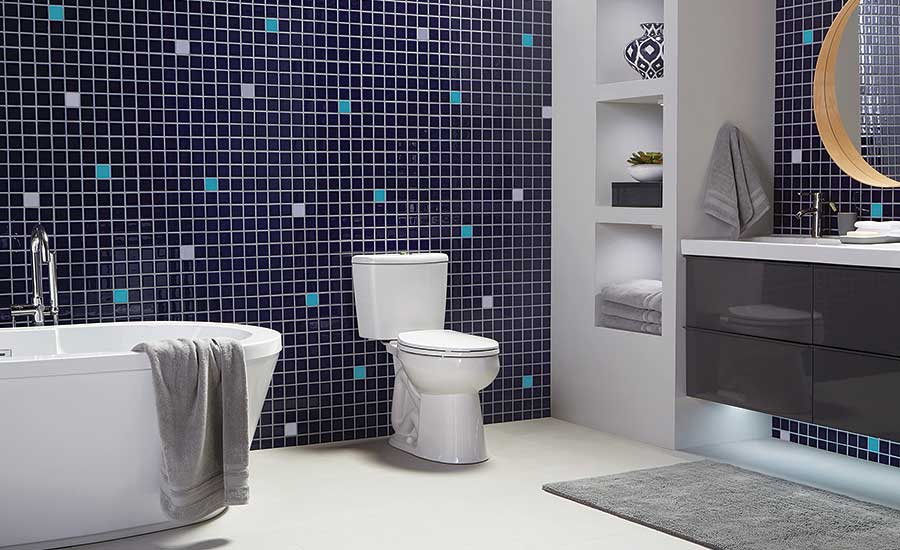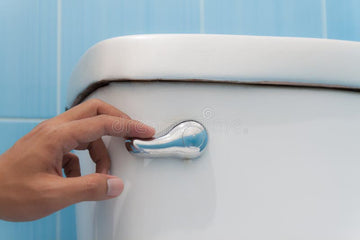The question Can water-saving toilets prevent leaks? has intrigued many, particularly those in Industry QA. As water conservation becomes more critical, efficient plumbing solutions are high on everyone's list. But do these eco-conscious toilets truly deliver dual benefits of conserving water and preventing leaks? This article explores the advancements in toilet technology, shedding light on whether these innovations really make a difference.
For those invested in environmental sustainability, understanding how water-saving toilets function is crucial. More than just cutting down on water use, these toilets utilize new technology that might assist in preventing leaks that can lead to high water bills and household water waste. Lets delve into how this works and what it means for quality assurance in the industry.

How Do Water-Saving Toilets Work?
Water-saving toilets utilize advanced flushing systems that operate with significantly less water than older models. They are designed to use pressure-assisted flushing or a dual-flush system, limiting water waste without compromising on performance. By using these innovative systems, households and businesses can contribute significantly to water conservation efforts.
The Role of Water-Saving Toilets in Preventing Leaks
A surprising benefit of water-saving toilets is their potential role in reducing leaks. Leak prevention can be attributed to better design, quality materials, and efficient water use mechanisms. Many leaks in traditional toilets stem from old, inefficient valves or poor maintenance. Water-efficient models, with updated technologies and designs, tend to offer more robust solutions against leaks.
To understand more about the benefits of reducing bathroom leaks and upgrading facilities, consider learning from resources such as the Eco-Conscious Bathroom Upgrades article. It provides a comprehensive look at how modern upgrades contribute to preventing common plumbing issues.
Quality Assurance and Standards in Water Conservation
With an increased focus on sustainable living, industry QA professionals have a keen interest in ensuring that products meet certain standards. High-efficiency toilets are often subject to rigorous quality checks. They must comply with the requirements of programs like the EPA's WaterSense, which mandates a significant reduction in water use while maintaining performance.
Potential Challenges with Water-Saving Toilets
Despite their benefits, water-saving toilets aren't free from challenges. Improper installation or old systems interchanging with new technology can lead to issues. It's crucial that QA teams ensure proper installation and assess compatibility when retrofitting older systems with newer, more efficient toilets.
For in-depth guidance on mitigating potential installation issues, check out the Automatic Water Shut-off Leak Detector. The resource offers tips on using technology effectively to manage any existing plumbing anomalies.
Choosing the Right Toilet: Considerations for Industry QA
For those in QA roles, the decision to implement water-saving toilets should be driven by considerations beyond initial cost savings. The emphasis should be on long-term benefits, reduction in maintenance issues, and sustainability of water resources. Considering these viewpoints, water-saving toilets indeed represent a potential positive shift in the plumbing industry.
Moreover, its vital for industry experts to stay informed about emerging products through reliable sources and continuous learning, which will aid in aligning quality assurance with market trends. Resources like Water-Saving Toilets Guide provide valuable insights into how to maximize the benefits of these products.

FAQs
Are water-saving toilets cost-effective?
Yes, water-saving toilets are generally more cost-effective in the long run due to their ability to reduce water bills and minimize maintenance issues stemming from leaks.
Do these toilets require special maintenance?
Most water-saving toilets do not require special maintenance, but ensuring proper installation and routine checks can optimize their efficiency and longevity.
How do water-saving toilets reflect sustainability efforts?
These toilets are integral to sustainability efforts as they significantly cut down on water usage, representing a shift towards more environmentally friendly household and commercial environments.






